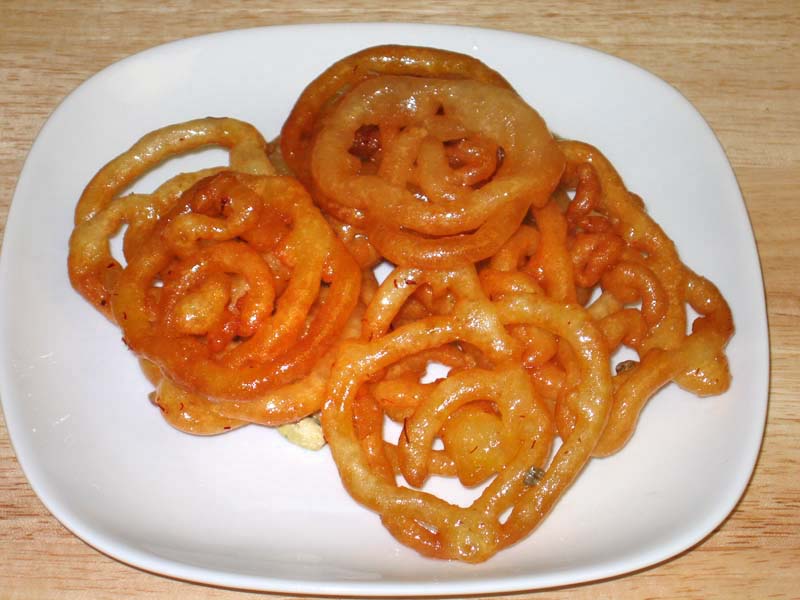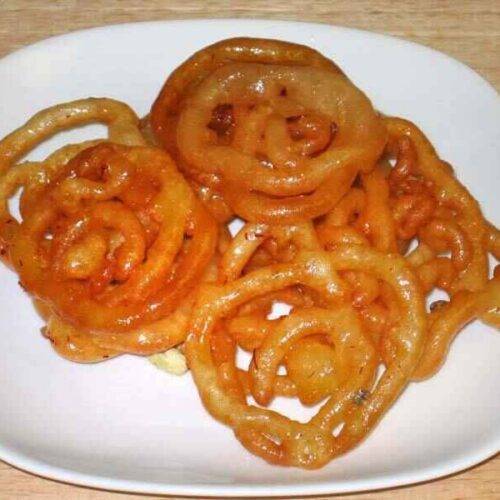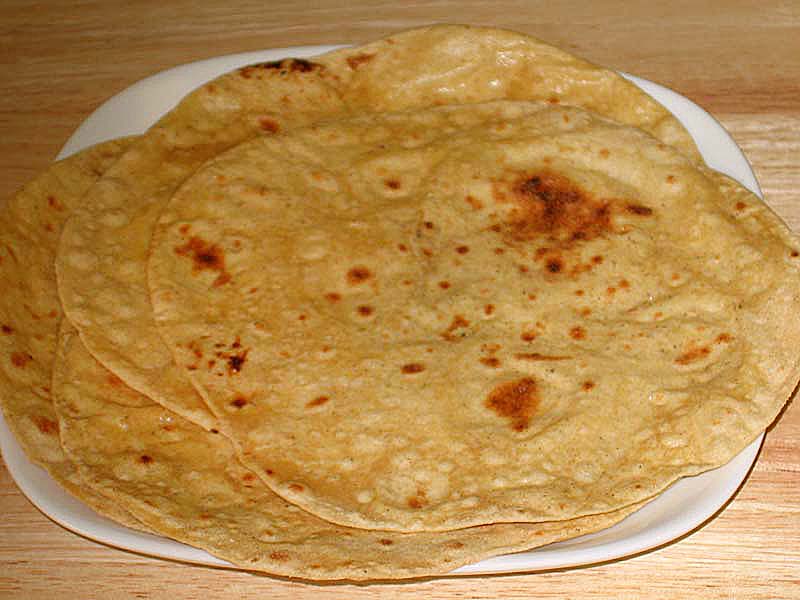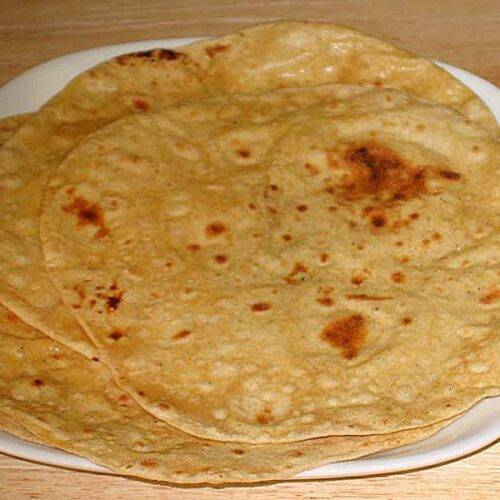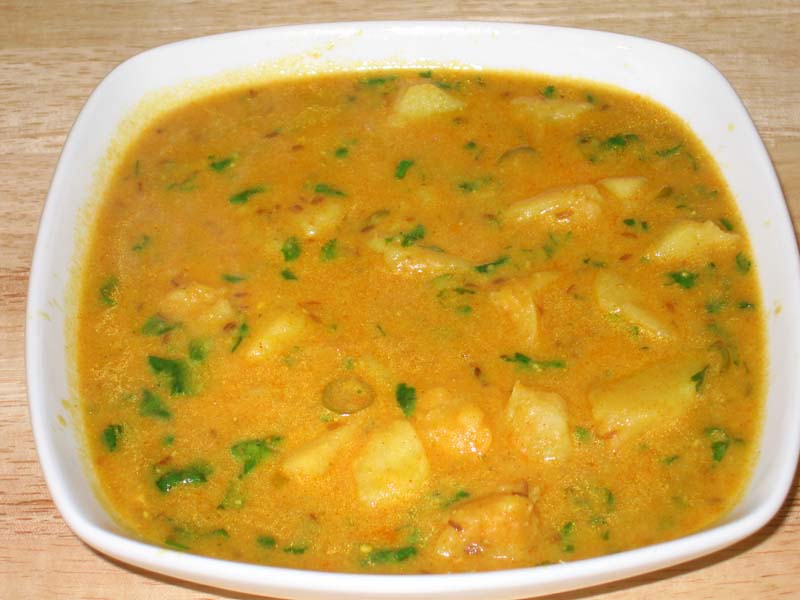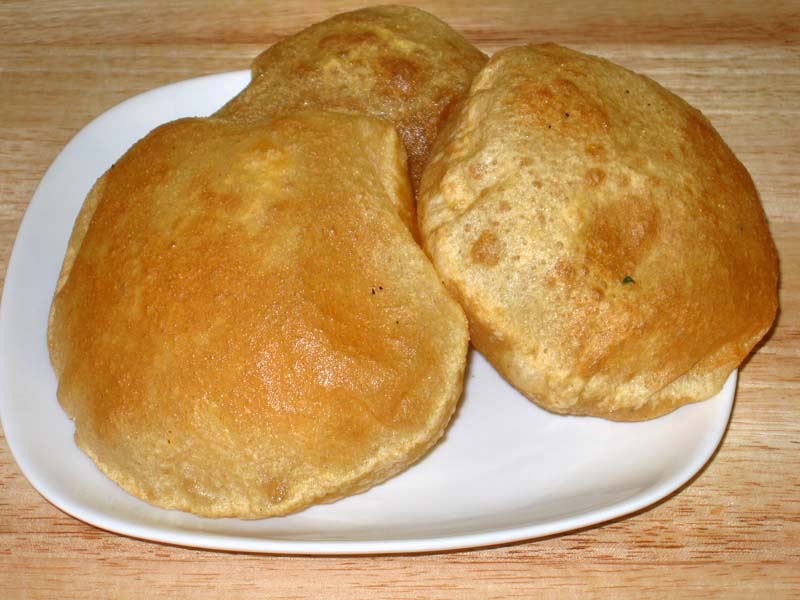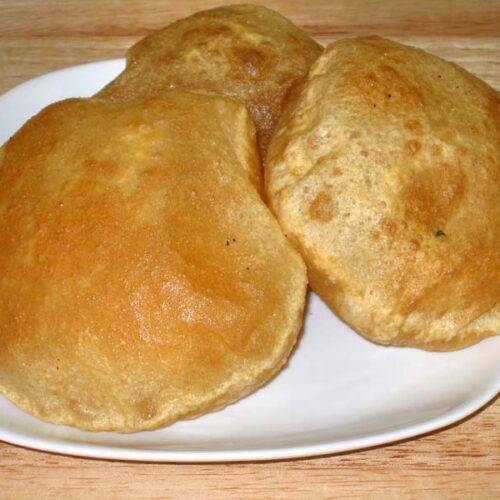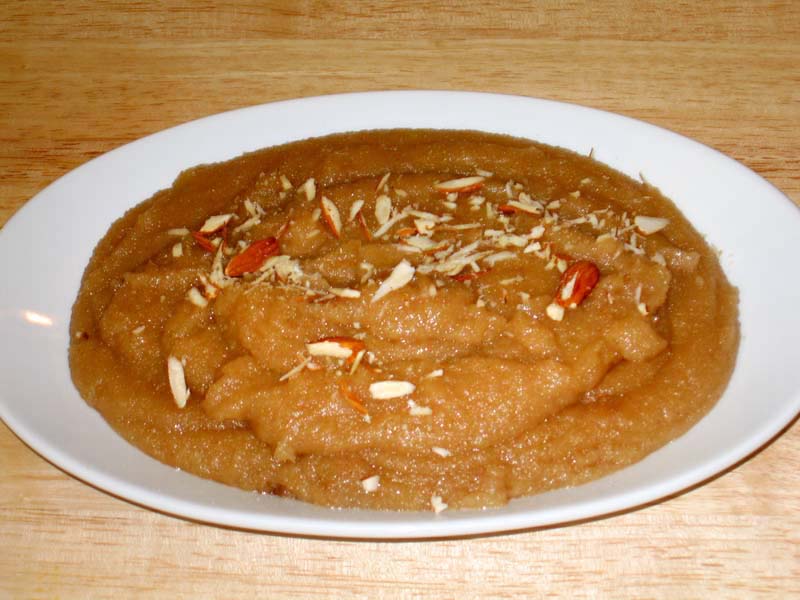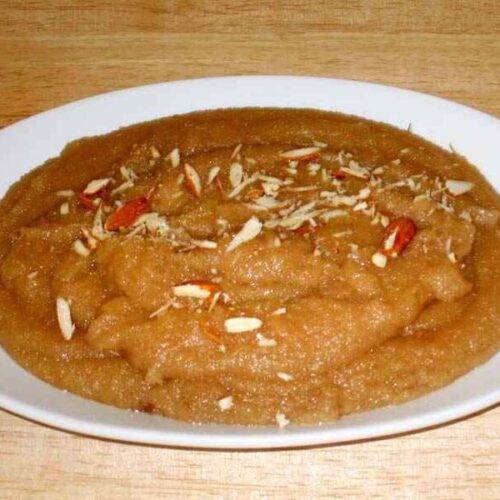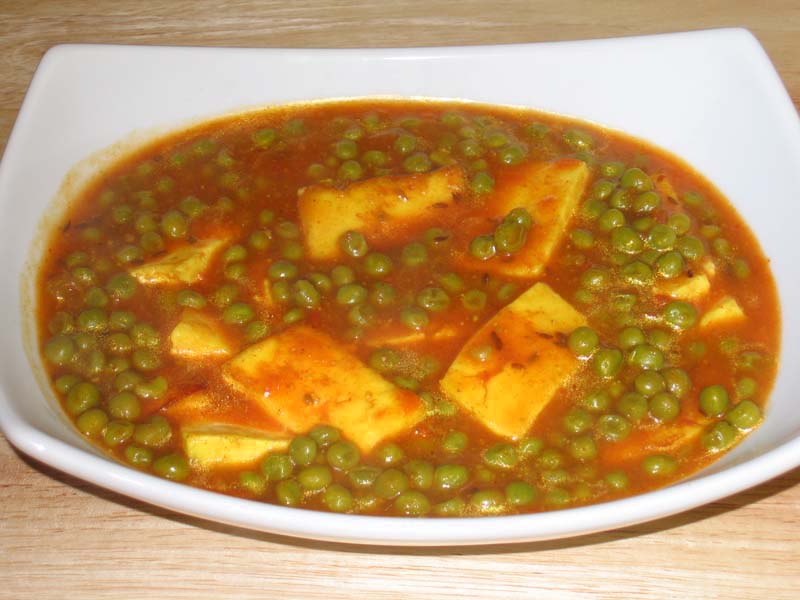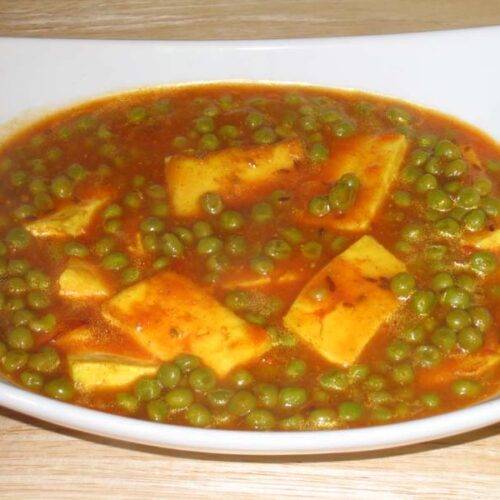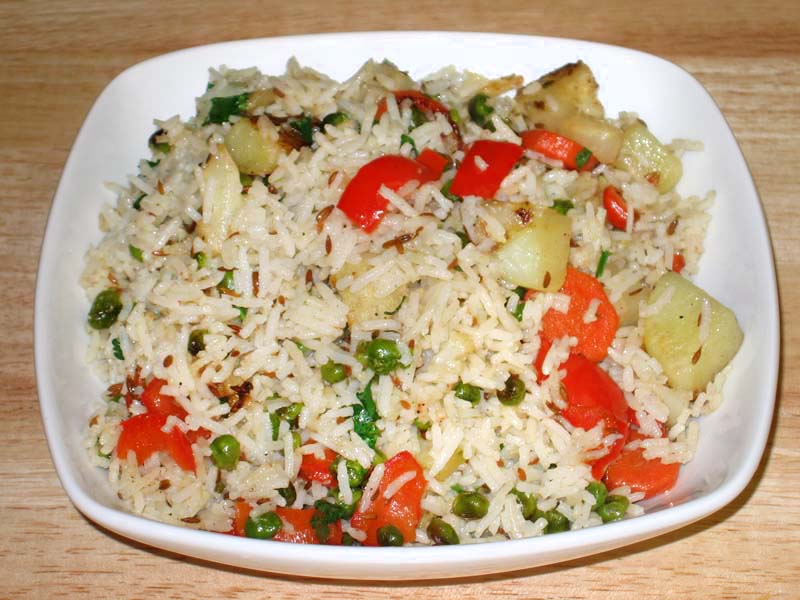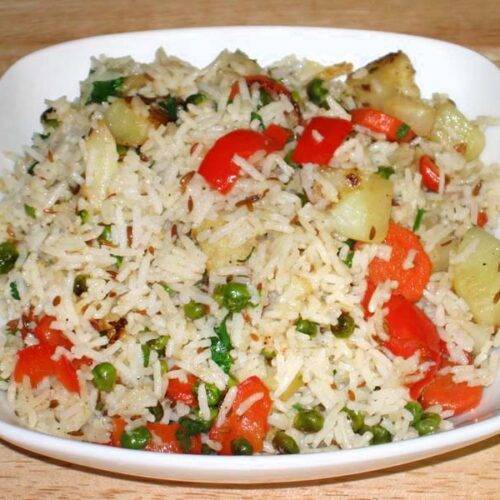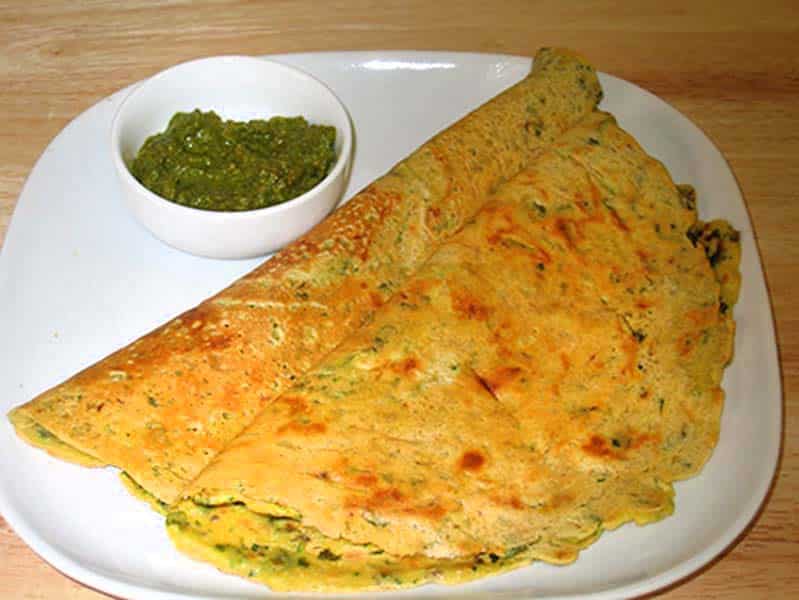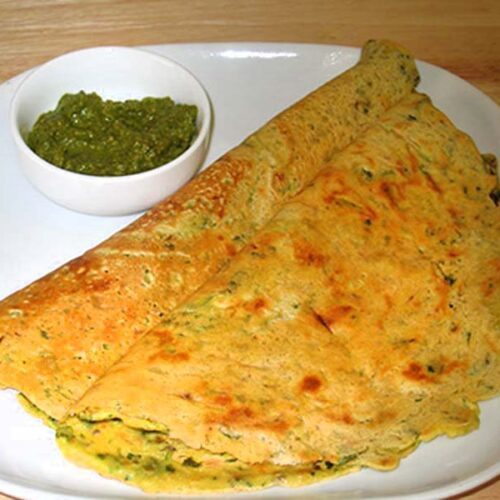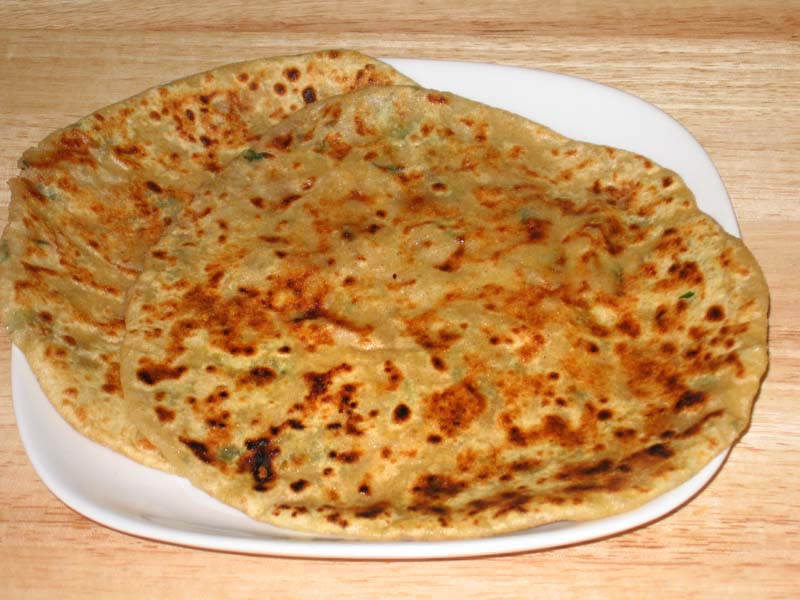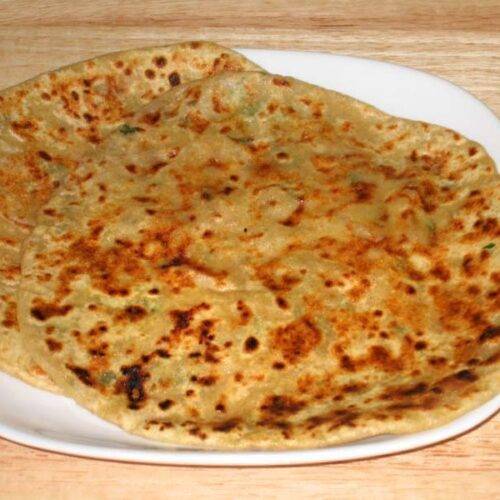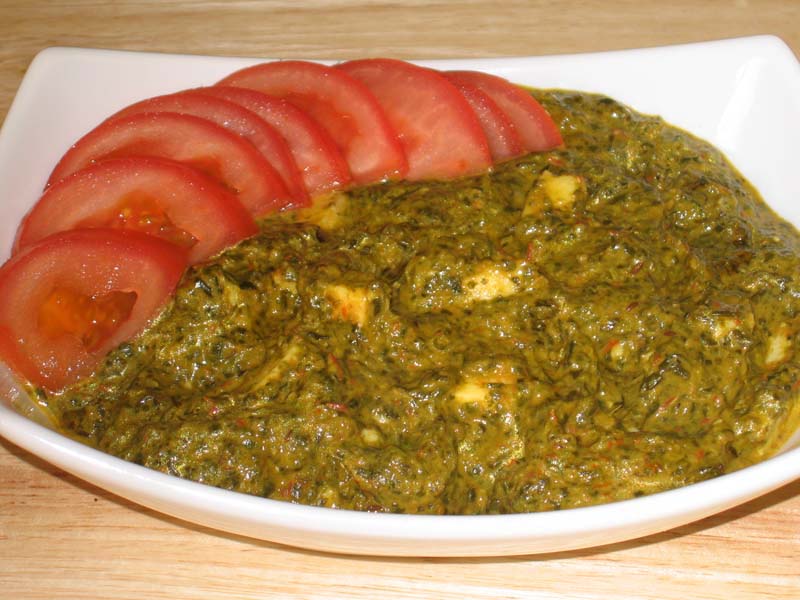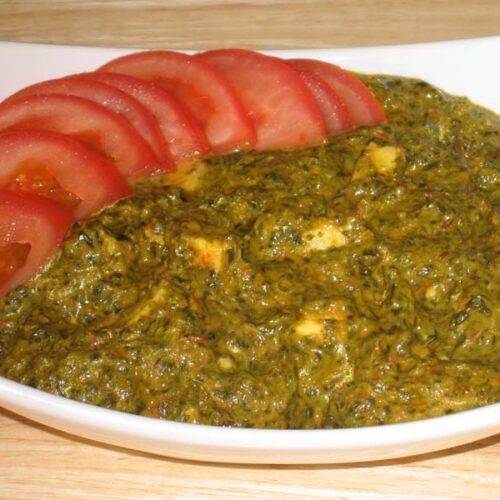Traditional Indian Food: Authentic and Delicious Recipes
Indian cuisine is known for its rich flavors and diverse ingredients. Traditional Indian food offers a wide variety of dishes that are both delicious and culturally significant. Whether you’re looking for traditional Indian food, Indian traditional food, or specific traditional Indian food recipes, Manjula’s Kitchen provides an extensive collection of dishes to suit every palate.
Classic Traditional Indian Food
Aloo Methi
Aloo Methi is a classic North Indian dish made with potatoes and fenugreek leaves. This dish is a staple in many Indian households and is a perfect example of traditional Indian food. The combination of earthy potatoes and the slightly bitter taste of fenugreek leaves, cooked with mild spices, makes this dish flavorful and nutritious.
Paneer Tikka
Paneer Tikka is a popular dish made with marinated paneer cubes grilled to perfection. This dish is a favorite among those who enjoy Indian traditional food. The marinated paneer is cooked with spices and herbs, making it a delicious and satisfying option for any meal. Serve it with a side of mint chutney for an added burst of flavor. Its a popular dish from paneer recipes.
Traditional Indian Food Recipes for Main Course
Dal Tadka
Indian Dal Tadka is a simple yet flavorful lentil dish made with yellow lentils and tempered with cumin, mustard seeds, and red chilies. This dish is a staple in traditional Indian food recipes and is enjoyed with rice or roti. The rich and comforting flavor of the lentils makes it a beloved dish in many Indian households.
Baingan Bharta
Baingan Bharta is a smoky and flavorful eggplant dish that is perfect for any meal. The eggplants are roasted until soft, then mashed and cooked with tomatoes and mild spices. This dish is a delightful addition to your collection of Indian traditional food and pairs well with roti or rice. It a famous dish coming from north indian recipes
Traditional Indian Food List: Snacks and Appetizers
Samosas
Samosas are crispy pastries filled with spiced potatoes and peas. This snack is a classic part of traditional Indian food recipes and is enjoyed by people of all ages. Samosas are perfect for any occasion and can be served with tamarind or mint chutney.
Pakoras
Pakoras are deep-fried fritters made with vegetables like spinach, potatoes, and cauliflower. This snack is a popular item on the traditional Indian food list and is perfect for tea-time or as an indian veg appetizers. Serve pakoras with a side of green chutney for a delicious treat.
Traditional Indian Food Recipes for Rice Dishes
Lemon Rice
Lemon Rice is a tangy and flavorful rice dish made with cooked rice, lemon juice, peanuts, and mild spices. This dish is a staple in South Indian cuisine and is a perfect example of traditional Indian food. It’s light, refreshing, and easy to prepare, making it a great choice for any meal.
Jeera Rice
Jeera Rice is a simple and aromatic rice dish made with cumin seeds and basmati rice. This dish is a versatile item on the traditional Indian food list and pairs well with various curries and dals. The subtle flavor of cumin enhances the taste of the rice, making it a favorite in many households.
Traditional Indian Desserts
Gulab Jamun
Gulab Jamun are soft, deep-fried balls made from khoya (dried milk) soaked in a sweet syrup flavored with cardamom and rose water. This dessert is a staple in traditional Indian food recipes and is often served during festivals and special occasions. The melt-in-your-mouth texture and sweet flavor make it a favorite among many.
Kheer
Kheer is a creamy rice pudding flavored with cardamom and garnished with nuts and raisins. This dessert is a classic in traditional Indian food and is easy to prepare. Kheer is a perfect ending to any meal and is often enjoyed during celebrations.
Elevating Your Traditional Indian Food Menu
To enhance your traditional Indian food menu, consider incorporating dishes from various categories that complement these classic recipes. Indian snacks like samosas and pakoras can introduce a delightful variety of flavors and textures.
For a sweet ending, explore Indian desserts such as gulab jamun and kheer. Offering healthy options like dal tadka and baingan bharta can provide lighter meal choices.
Planning a large gathering? The popular party food ideas are filled with dishes that are sure to impress your guests and make your celebration memorable. Including North Indian recipes like aloo methi or lemon rice can bring an authentic touch to your meal.
Frequently Asked Questions (FAQs)
Q: What are some popular traditional Indian food recipes?
A: Some popular traditional Indian food recipes include Aloo Methi, Paneer Tikka, Dal Tadka, Baingan Bharta, Samosas, Pakoras, Lemon Rice, Jeera Rice, Gulab Jamun, and Kheer. These dishes are flavorful, nutritious, and perfect for any occasion..
Q: What are some traditional Indian food recipes for a vegetarian diet?
A: Some vegetarian traditional Indian food recipes include Paneer Tikka, Dal Tadka, Baingan Bharta, Samosas, Pakoras, Lemon Rice, and Jeera Rice. These dishes are nutritious, delicious, and perfect for a vegetarian diet.
Q: Can I prepare traditional Indian food recipes in advance?
A: Yes, many traditional Indian food recipes can be prepared in advance and stored. Dishes like Dal Tadka and Baingan Bharta can be made ahead of time and refrigerated, while snacks like Samosas and Pakoras can be prepped and frozen.
Q: What are some traditional Indian desserts for special occasions?
A: Some traditional Indian desserts for special occasions include Gulab Jamun and Kheer. These desserts are classic, easy to prepare, and perfect for celebrations.
Conclusion
Traditional Indian food is a celebration of diverse flavors and rich cultural heritage. Whether you’re looking for Indian traditional food, specific traditional Indian food recipes, or a comprehensive traditional Indian food list, these dishes will bring variety and flavor to your meals. So, gather your ingredients, try out these recipes, and enjoy the rich and diverse world of traditional Indian cuisine. Happy cooking and happy eating!
By incorporating these dishes into your menu, you’ll be able to enjoy a wide variety of delicious and nutritious foods. Whether you’re looking for snacks, main courses, or desserts, there’s a traditional Indian food recipe to suit every taste. Don’t forget to check out Manjula’s Kitchen for more inspiration and culinary delights. Happy cooking and happy eating!

